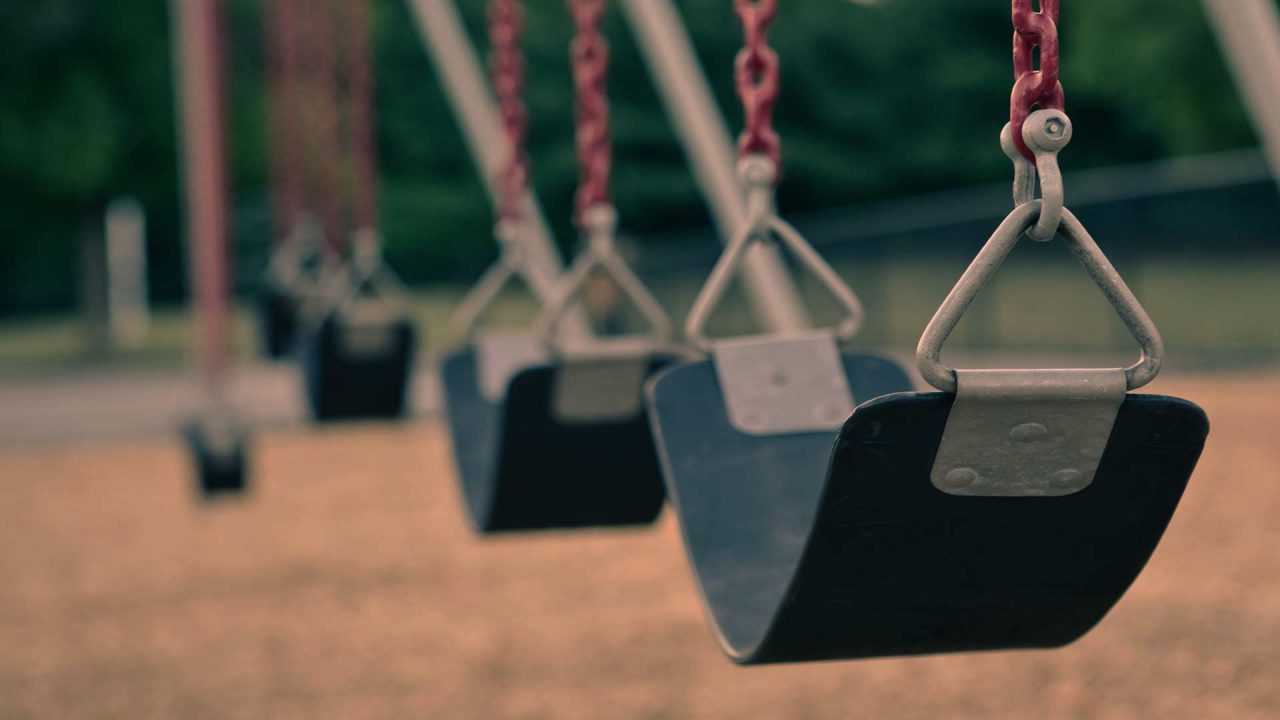
The State of Alaska just released a report titled “Alaska Population Projections: 2021-2050,” which predicts that state population will slightly increase over the next three decades, but the population will also age rapidly and include far less children.
According to the report, there will likely be many more senior citizens while the younger population actually shrinks, both in percentage and real numbers.
Overall population is expected to increase from 734,323 in 2021 to 759,111 by 2050. The youngest population, however, those between ages zero and 19 years, will drop from 199,000 today to 186,727 by 2050 the report forcasts.
“Alaska’s population aged 65 or older is likely to grow the most (30%) over the projection period, followed by those from 20 to 64 (2%),” the report states. But because birth rates have declined in recent years, the population of those ages zero to 19 is predicted to decrease by 6%.
If the report proves true, Alaska will see a much smaller school age population in the coming decades.
The report explains that “population change has four distinct processes, or components: fertility, mortality, in-migration, and out-migration.” Natural increase is the difference between births and deaths and that, along with net-migration, which is the difference between in-migration and out-migration, have played very important roles for the population.
According to the report, natural increase has historically provided steady growth in Alaska since statehood in 1959. Over the last few years, however, fertility rates, have declined to below replacement level.
As Alaska ages, the death rate is projected to increase due to baby boomers dying in the years to come. Overall Alaska’s median age in 2021 was 36.1 years. By 2050, it is expected to be 39.5.
Unlike most other areas of the state, the population in the Mat-Su is expected to increase rapidly – from 108,805 people in 2021 to 147,558 by 2050. This includes a growth in the childhood population as well. Over that same time period, Anchorage is expected to shrink from 289,697 residents to 279,824.
The Northern and Southwest regions in the state are expected to grow because of high fertility rates, while Southeast will see a sharp decline, the report predicts.
ALASKA WATCHMAN DIRECT TO YOUR INBOX
Released by the Alaska Department of Labor, these predictions are based on historical population data and rates of fertility, mortality, and migration.
“These projections provide planners and policymakers with possible outcomes of a series of demographic events,” the report states. “It is important to note that Alaska is susceptible to many unpredictable events and that no demographer or economist can foresee the future. Our projections are based on past and hypothetical future population trends.”
If the report proves true, Alaska will see a much smaller youth population in the coming decades, which will likely mean less need for schools and youth services. Conversely, the increased senior population will entail a greater demand for services and facilities tailored to this population.
As with all aging populations, there is the concerning dynamic in which fewer working age people are available to care for older citizens who need more assistance as they age.







